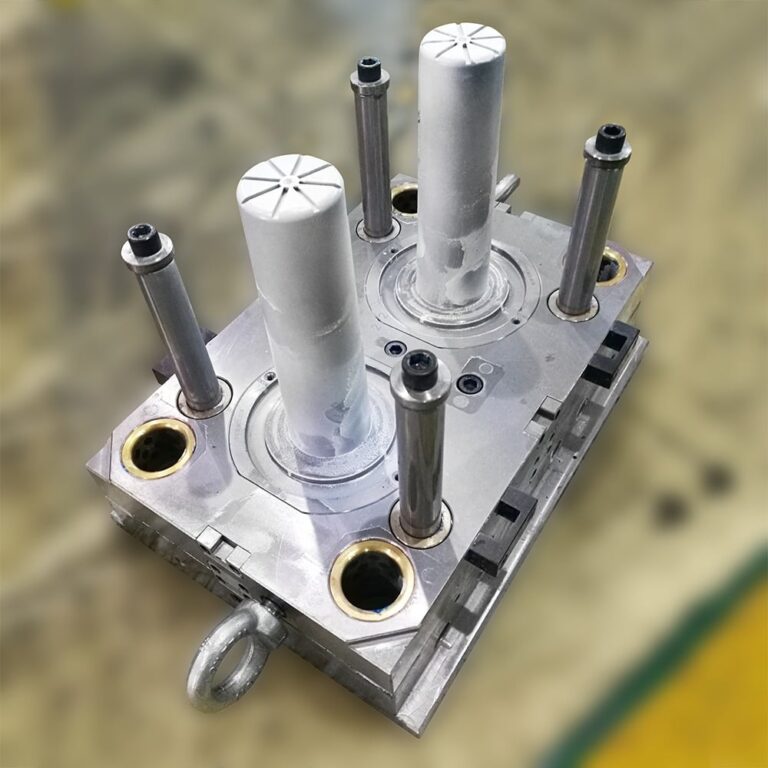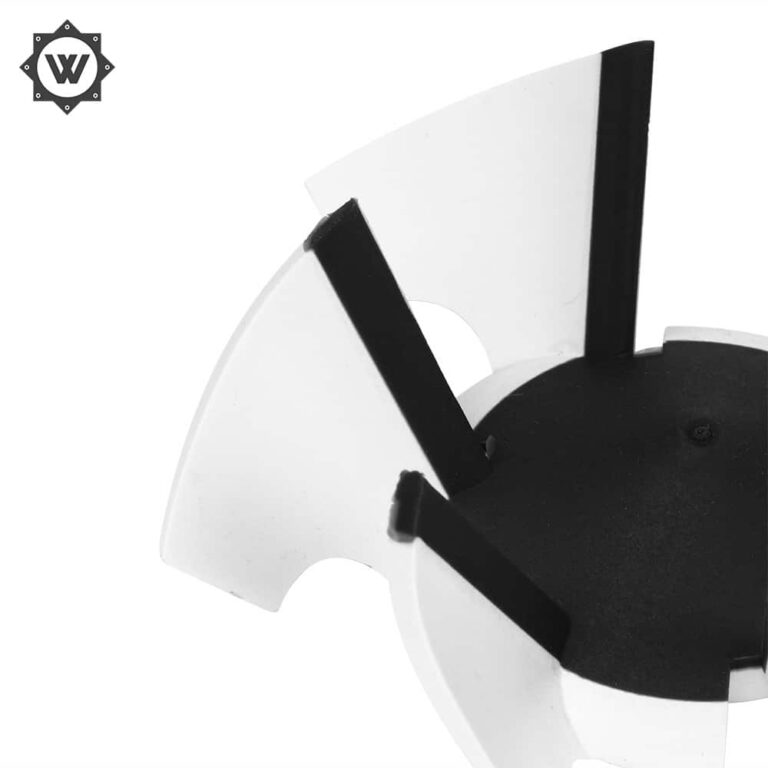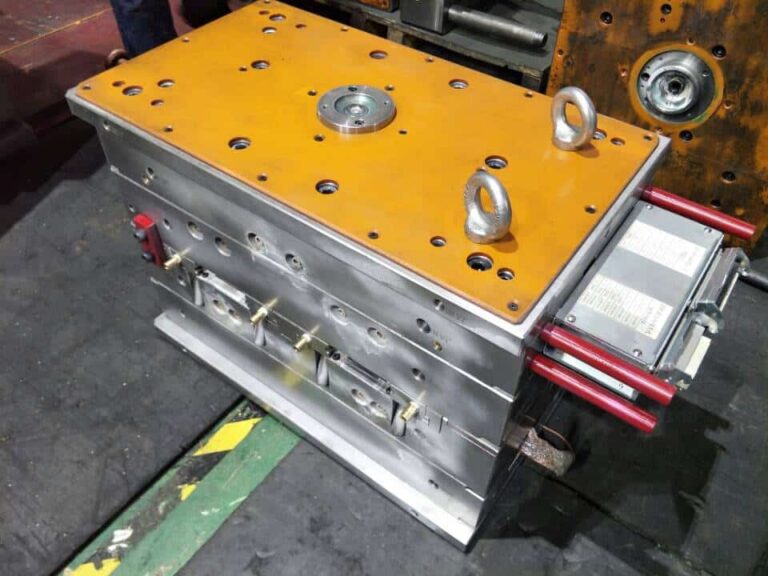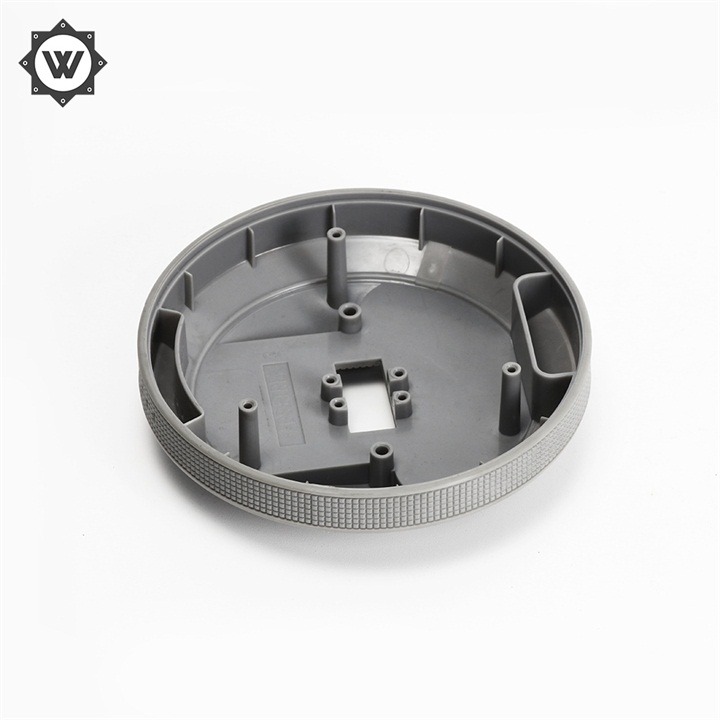Two-shot injection molding machine is a kind of double-barrel, two-material injection molding machine with two-shot mold, which can remove different colors or different material products. For single-color injection molding machine, it saves the complicated process of secondary processing and improves the production efficiency. So, what are the types of injection molding of two-shot injection molding machine?
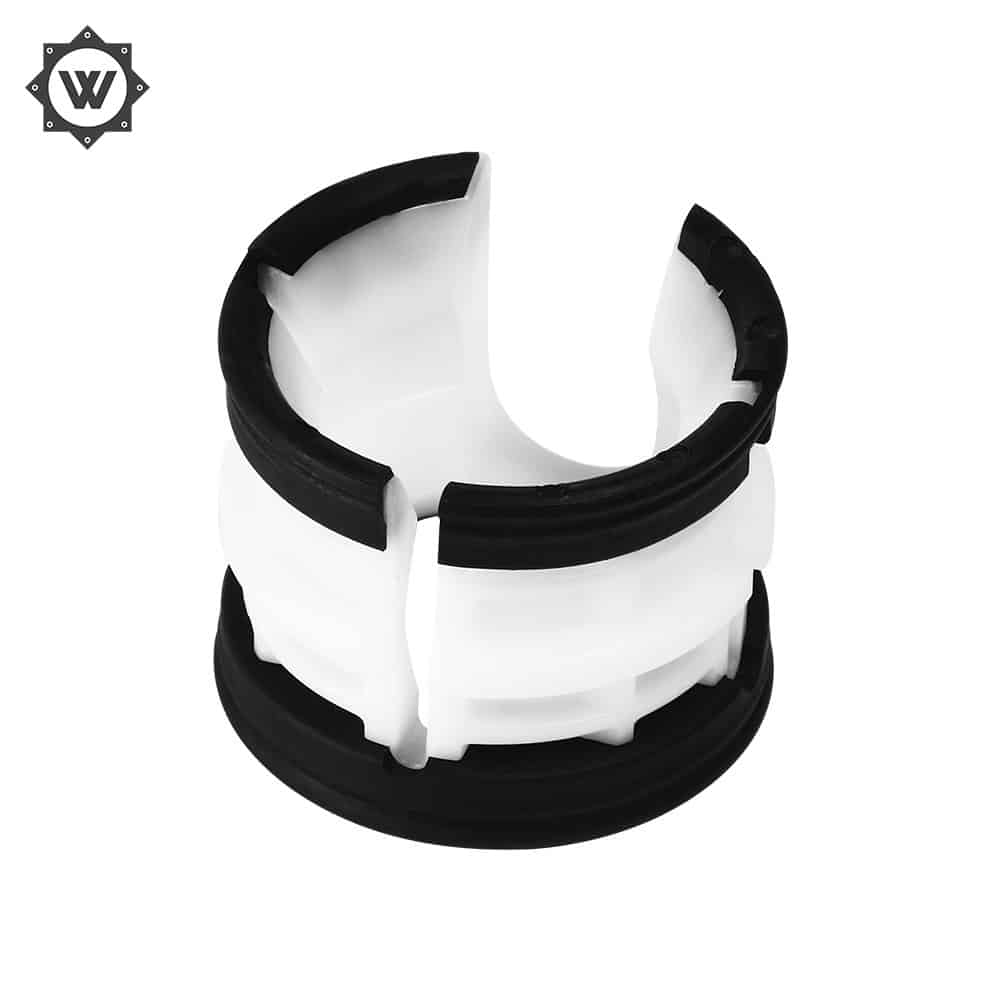
1、Sliding injection.
After pre-injection of Two-shot injection molding machine equipment, the mold and slider remain closed. The injector of the injection molding machine injects the second part of the raw material into the cavity until the second part is finished and cooled. The mold is opened and the entire part is removed. This process is mainly used for parts with simple geometry, such as seals. Caps and sealing caps.
2、Rotary injection molding.
The moving half-mold can be rotated and only the fixed half-molded parts are affected by the product geometry, so this technique can be used to achieve a good one-sided design concept. Since this technology allows simultaneous injection, it is usually used to save processing cycles and is mainly used for beverage cups. Cup stems. Cup lids. Process seals.
3. Displacement injection molding.
This technique is mainly used where the injection part of the part must be changed or where the shape of the product must be changed. This injection molding technology can greatly improve the freedom of product design, usually used for automotive adjustment wheels. Processing toothbrushes and disposable razors.
During the injection process, the pre-molded part is moved to a second position by a robot and then injected, thus providing maximum freedom for the first and second injection. The technology is mainly applied to cylinder drive shafts. Process injection molding in the field of toothbrush processing.
A common feature of the Two-shot injection molding machine mold processing method is the use of high closed-loop control, where the secondary injection does not deviate from the intended speed and actual pressure requirements, thus ensuring product quality.


